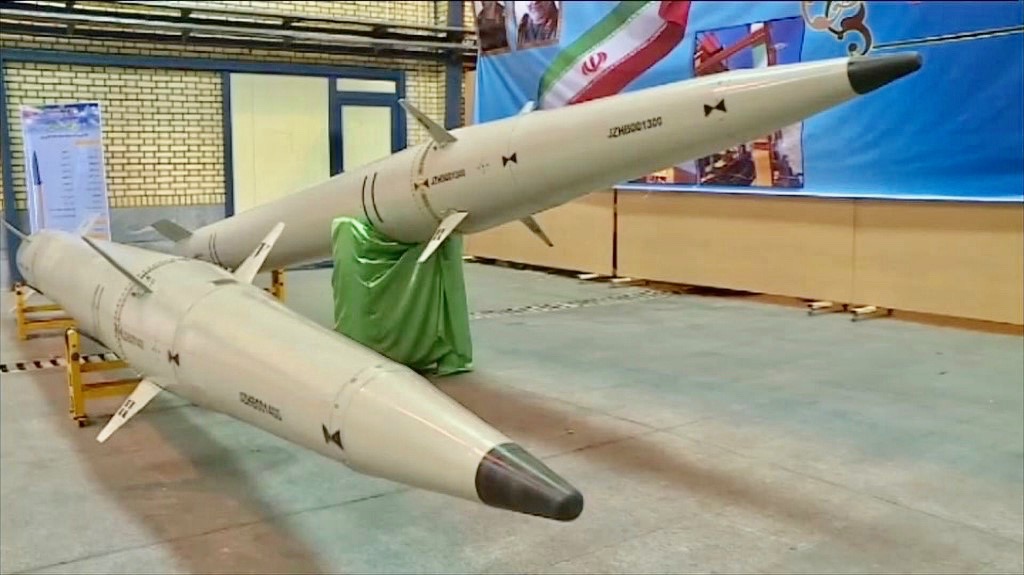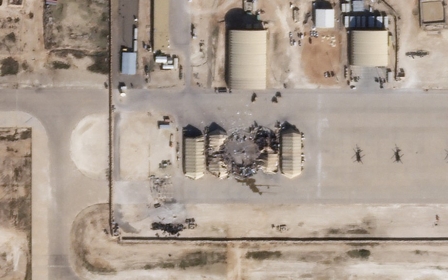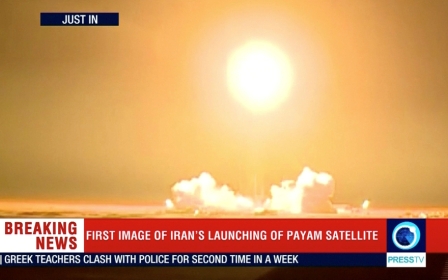Iranian satellite 'Victory' fails to reach orbit in blow to space programme

Iran on Sunday launched a satellite named “Victory” that failed to reach orbit in a blow to its space programme that the US alleges is a cover for missile development.
The attempted launch of the Zafar - “Victory” in Farsi - comes days before the 41st anniversary of the Islamic Revolution and crucial parliamentary elections in Iran, AFP said.
The development comes at a time of high tension with the United States, which killed Iranian military commander Qassem Soleimani in a drone strike in Baghdad on 3 January, prompting an Iranian missile attack on a US base in Iraq.
Iranian Minister of Information and Communications Technology Mohammad Javad Azari-Jahromi said the satellite launch had not gone as planned, according to Reuters.
"I wanted to make you happy with good news but sometimes life does not go the way we want it to. The launch was not successful," he tweeted. "We will make improvements for future launches," he added.
The first picture the satellite had been due to transmit to state media would have been of Soleimani, Azari-Jahromi told state TV.
US officials say they fear long-range ballistic technology used to put satellites into orbit could also be used to launch nuclear warheads.
Tehran says it has never pursued the development of nuclear weapons and that its missile programme is solely defensive.
Azari-Jahromi said the satellite was launched on a Simorgh rocket from Iran's Imam Khomeini Space Centre in Iran's Semnan province, a facility under the control of the country’s defence ministry.
Tehran launched the first Iranian-made satellite in 2009, another in 2011 and a third in 2012, but at least two satellite launches failed last year.
In January 2019, Tehran announced that its Payam - "Message" in Farsi - satellite had failed to reach orbit after authorities said they launched it to collect data on the environment in Iran.
Tehran also confirmed last September that an explosion had taken place at one of its satellite launch pads because of a technical fault.
Iran usually displays its military and space achievements in February during the anniversary of its 1979 Islamic Revolution that toppled the US-backed Shah.
New missile introduced
State television said Iran's elite Revolutionary Guard Corps, which is in charge of the country's missile programme, had on Sunday unveiled a new missile, called Raad-500, Farsi for “Thunder”.
It said the Raad-500 missile was half the weight of a similar missile, the Fateh-110, but its range was about 200 km (120 miles) more and it could be powered by a new generation of engines designed to put satellites into orbit.
There was no immediate US comment on the announcements.
Israeli Prime Minister Benjamin Netanyahu noted the satellite launch had failed and said Israel was continuing to curb Iranian military reach.
"They are also failing when it comes to the transfer of weapons to Syria and Lebanon because we are acting (against that) all the time, including during these very days," he wrote in a tweet.
Washington reimposed sanctions on Iran after President Donald Trump in 2018 pulled the United States out of the 2015 nuclear deal between Tehran and six world powers.
Under that deal, Tehran had curbed its nuclear programme in exchange for the lifting of international economic sanctions.
Still, Trump said the agreement was flawed because it was not permanent, did not involve what Washington considers Iran's meddling in regional countries and did not address Iran’s missile programme.
The country's on-off space programme unsettles some western nations because the technology used in space-bound rockets can also be used in ballistic missiles.
Middle East Eye delivers independent and unrivalled coverage and analysis of the Middle East, North Africa and beyond. To learn more about republishing this content and the associated fees, please fill out this form. More about MEE can be found here.






